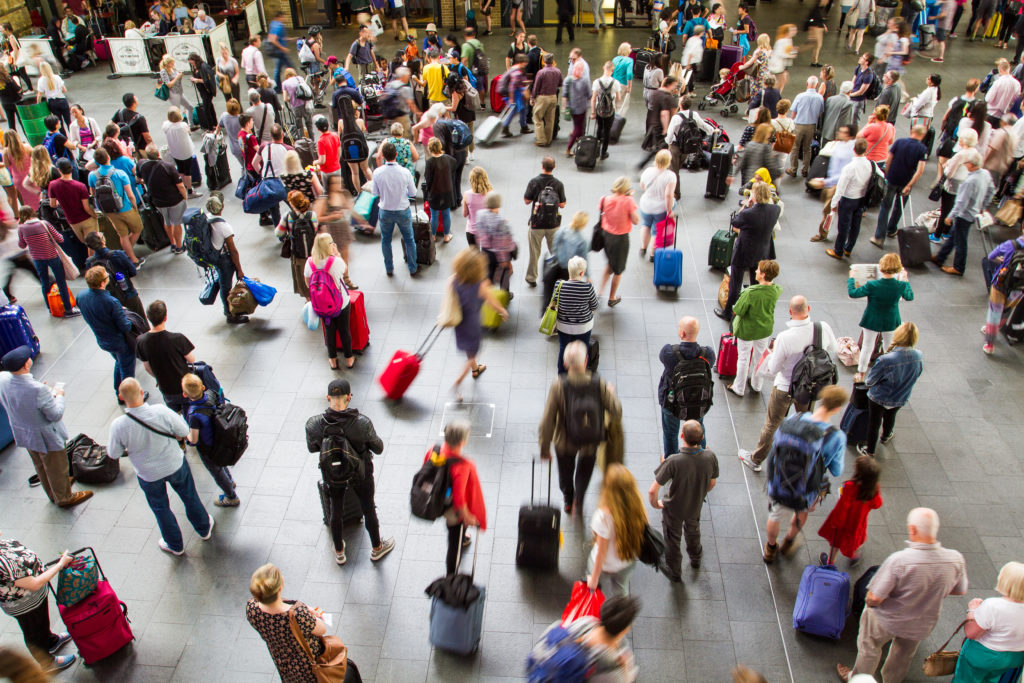
Power outages have significant impacts on business continuity. They lead to reduced foot traffic, damaged perishable inventory, and an inability to process payments or communicate with customers. The three-hour outage in England and Wales on Friday, 9 August, demonstrated the scale of disruption these events can cause. One million households across the UK were affected when the Little Barford gas-fired station in Cambridgeshire, owned by German utility RWE, and the Hornsea wind farm off the coast of Yorkshire, owned by Danish company Orsted, both experienced system failures within two minutes of one another.
500,000 households relying on Western Power Distribution were affected; 300,000 households on UK Power Networks; 100,000 on the Northern Powergrid; 26,000 on Electricity North West; and 16,000 households on the Scottish and Southern Electricity Networks, though their power was restored within 12 minutes.
One of the hardest-hit sectors from the outage appears to have been the transportation sector. Hundreds of people were trapped on trains in the South-East, Midlands, South-West, North-East, and Wales. London Underground’s Victoria line was suspended for two hours, and London North Eastern Railway was unable to bring any trains into King’s Cross station, leading to severe delays and multiple cancellations. Thameslink trains were unable to run between London and Bedford, and Cambridge and Peterborough. Vehicle traffic in the city was also disrupted as traffic lights stopped working in London and the South-East. Merseyrail was forced to cancel several trains from West Kirby to Liverpool, and trains from Hull were suspended.
Though most critical services had emergency response plans which were successfully initiated, Ipswich Hospital suffered a failure to their back-up generator, causing an outage to hospital systems.
A failure of multiple power generators has not occurred in the UK since 2008, when the Sizewell B nuclear power plant and Longannet coal-fired station in Fife both went offline within minutes of each other. There will likely be more information released about Friday’s event once an investigation has been conducted, but it is possible that increased renewable energy caused by a strong storm off the east coast led to a reduction in inertia in the energy network as the output from thermal plants decreased, making it difficult to manage the drop in frequency and supply when the Hornsea offshore wind farm tripped. The National Grid ESO cut demand in some areas to protect the rest of the system.
The Centre for Risk Studies has reported on the criticality of national energy infrastructures in the past. Our report, ‘Integrated Infrastructure: Cyber Resiliency in Society’, published with Lockheed Martin, and the Lloyd’s ‘Business Blackout’ report published in 2015, detail the economic impact and insurance implications of nationwide power outages to businesses.


Leave a Reply